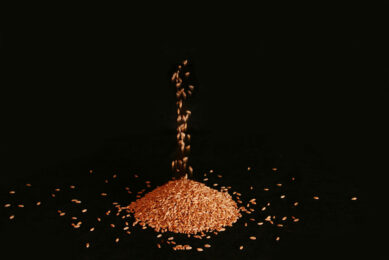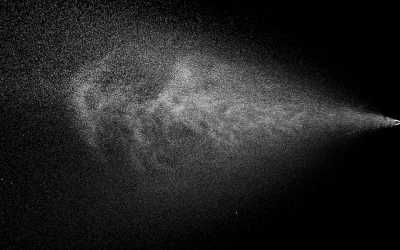NIR useful tool for predicting oil content of seeds

Agricultural Research Service (ARS) research leader Dan Long is studying how to use remote sensing tools to quickly assess seed oil quality and quantity before and after harvest.
For more than 30 years, near infrared (NIR) reflectance spectroscopy has been used as a rapid and nondestructive method for measuring protein, moisture, and oil levels in whole grains.
Long, who works at the ARS Columbia Plateau Conservation Research Center in Pendleton, Oregon, used a special NIR sensor to assess seed oil content in 226 canola samples from Montana, Washington and Oregon.
Seed oil concentration is used to estimate extraction efficiency, which is the percentage of oil recovered in relation to the amount of oil in seed.
Using this technique, Long was able to determine that oil concentrations in the samples ranged from 32 – 46%, and that the NIR sensor estimated seed oil content with an average error of 0.73%.
A bout of abnormal weather affected results from one group of seeds in this study. If this group had been excluded from the analysis, the overall error rate would have been less than 0.5%.
Long believes that NIR sensors could be installed in seed crushing facilities to rapidly and continuously measure the oil content of clean seeds flowing into the expeller, where they are crushed to obtain the oil. Using NIR to monitor extraction efficiency might enable workers to adjust the choke setting on the expeller to compensate for oil loss in meal.
This would boost profits associated with seed processing, and lower the costs of the oil feedstock that is converted into fuel. NIR measurements might also help reduce the number of acres needed for oilseed feedstock production by maximizing seed oil extraction rates in the seed crushing facilities.
Findings from these studies were published earlier this year in the Journal of Near Infrared Spectroscopy.
 Beheer
Beheer









 WP Admin
WP Admin  Bewerk bericht
Bewerk bericht